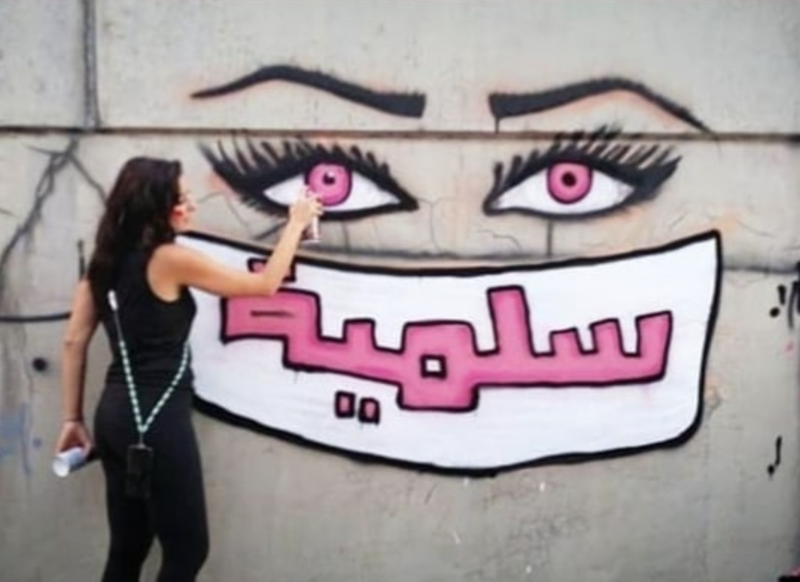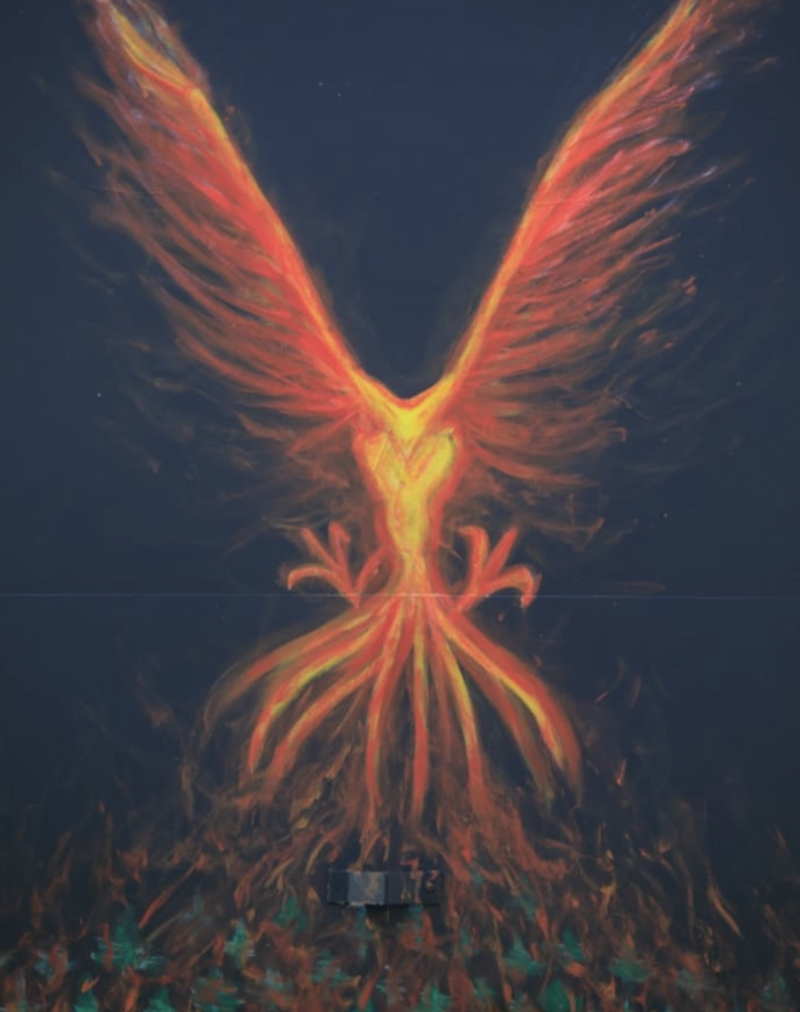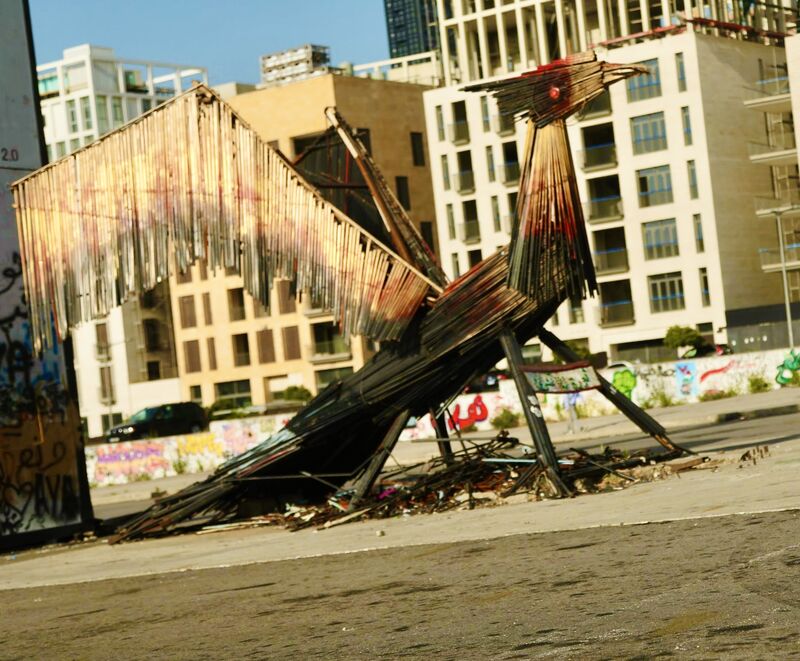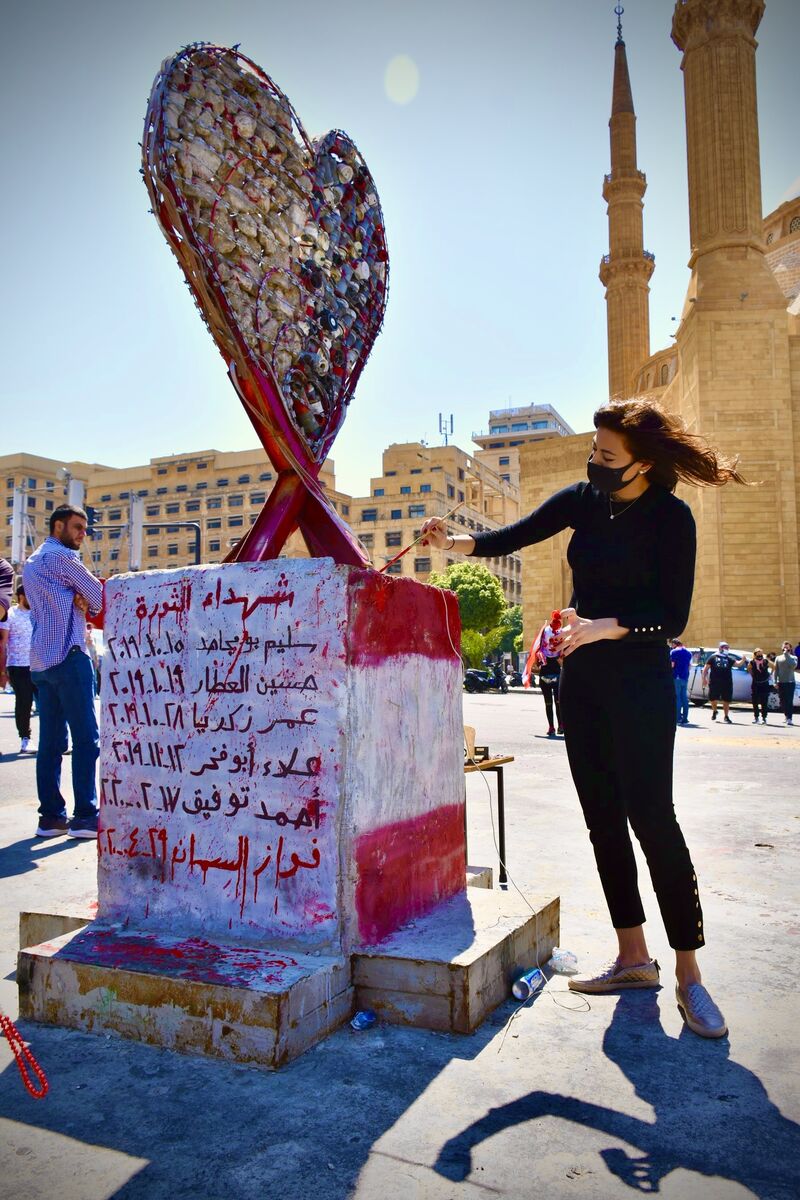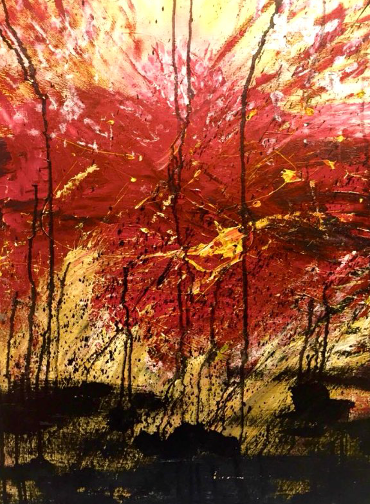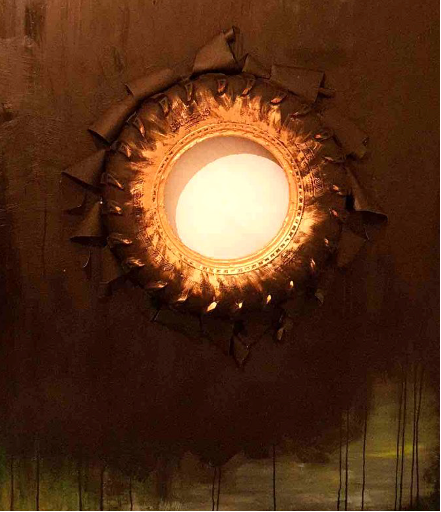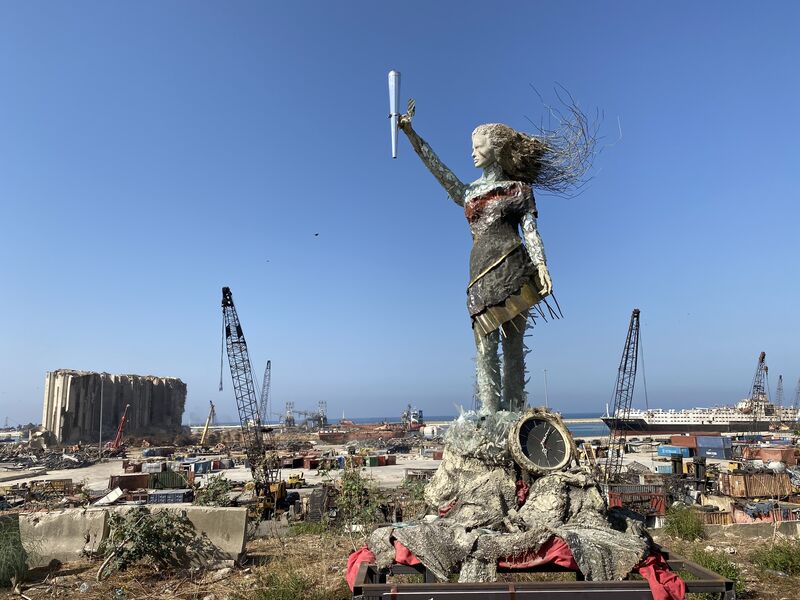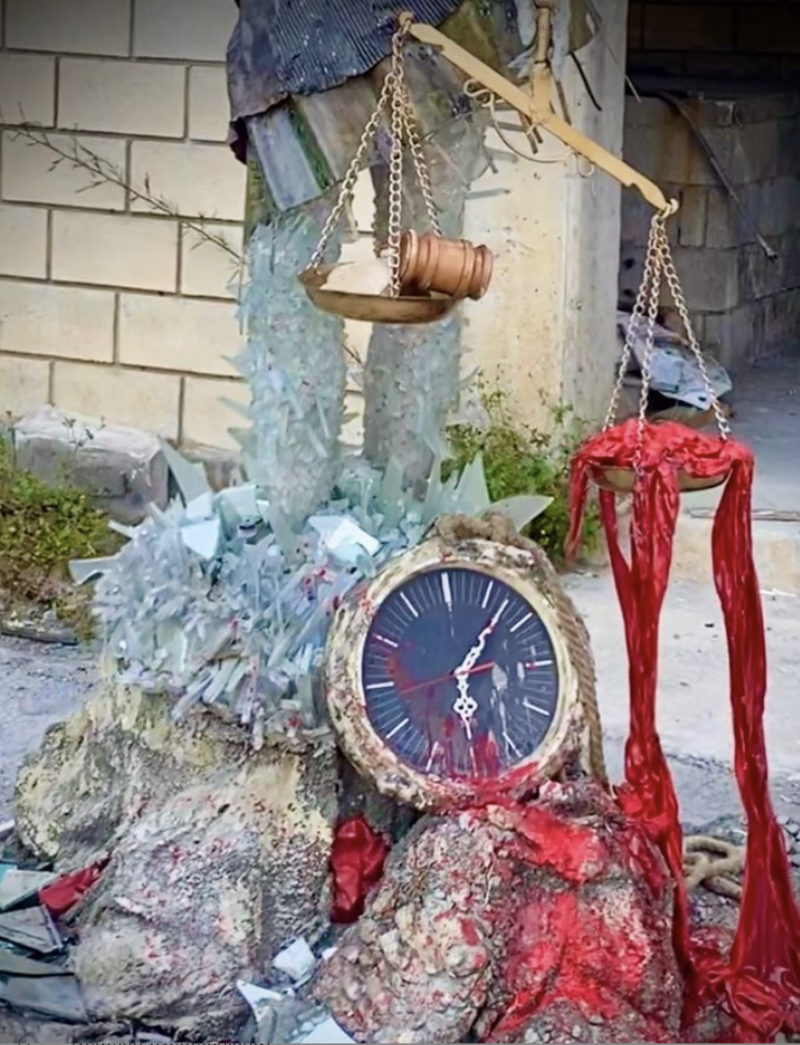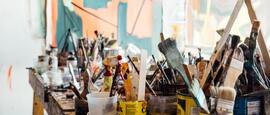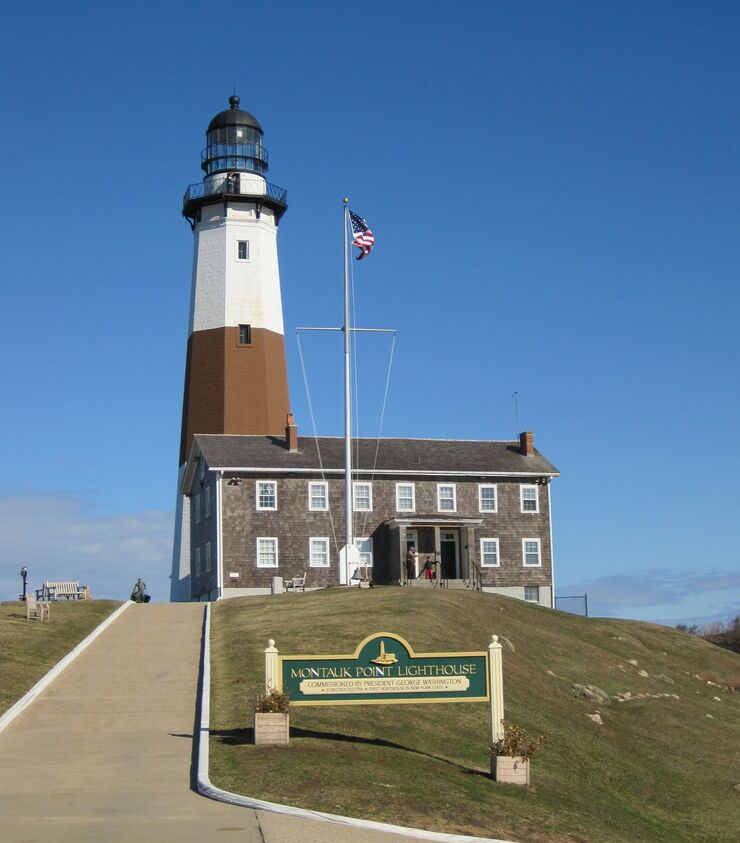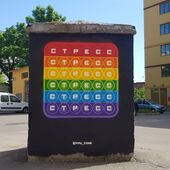On the evening of 17 October 2019, a memorable incident occurred near Martyrs’ Square in Beirut. A small group of demonstrators were harassed by a handful of security guards and shots were fired – the security forces fired into the air to intimidate the unarmed demonstrators – after a few seconds of shock, a fight broke out and a young woman grabbed the arm of one of the men, who was at least a head taller and armed with a Kalashnikov, and kicked him in the crotch karate-style. The man was a bodyguard for the then Minister of Education, Akram Chehayeb, and the woman whose foot caught the bodyguard’s groin was one of probably fewer than 200 protesters who had blocked several central intersections in Beirut to demonstrate against the planned introduction of increased taxes on tobacco, petrol and online phone calls with messaging services such as WhatsApp. Chehayeb, who was celebrating his 72nd birthday on that day, reached one of these junctions with his convoy of vehicles and was prevented from passing. The bodyguards wanted to force their way through, resulting in the shooting, the struggle and the memorable kick, which can still be seen in a five-second clip on YouTube. The bodyguard obviously did not suffer any lasting damage, but the whole incident quickly became widely known in Lebanon and probably made a significant impact on the increasing number of people joining the demonstrations in the days that followed.
More on the subject Artist Portraits
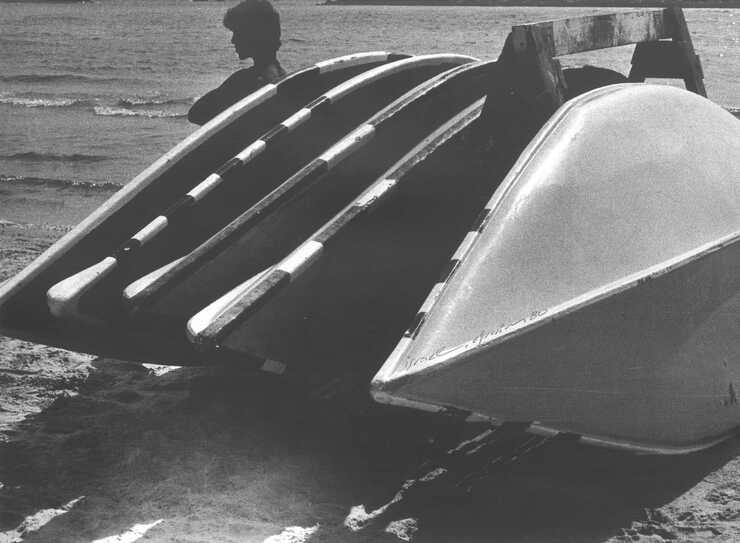
»Photography is my work - watercolors are my pearls.«
With city views of Berlin, Efraim Habermann became known to a broad public as a photographer in the 1960s. His works are characterized early on by a distinctive, concise style and unusual perspectives. Today, after a 50-year creative phase, he has an extensive body of photographic work, consistently in black and white, with numerous series from Israel, Venice and Berlin, still lifes, portraits and photographic collages. Habermann's »pearls«, his mostly constructivist watercolors, geometric forms in strong colors, finely balanced into a postcard-sized composition, seem almost like a commentary on his own conception of the image. An extensive exhibition of works from the artist's private archive can now be seen in Berlin from mid-February.
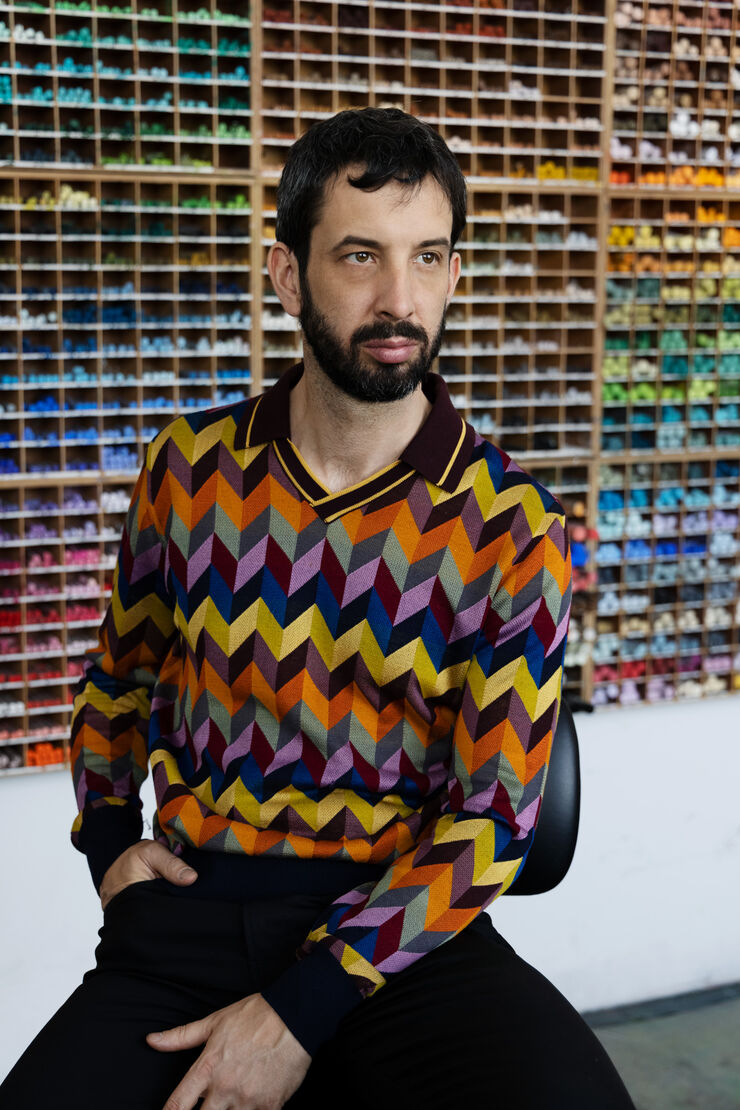
The world in pastel
With simple portraits and landscapes in pastel, the Swiss painter Nicolas Party succeeded in rising to the top of the art league. The former graffiti artist captivates with universal themes and used the pandemic for monumental projects.
Dive deeper into the art world
Art against state power - from the street to augmented reality
The artists' group yav from St. Petersburg take a stand against the political situation in Russia. To counter the ephemeral nature of their street art, they have developed an app that permanently preserves street art and creates new possibilities for art in the (virtual) public space.
Staged Realities
For the first time in over 25 years, there is another major exhibition on Jeff Wall in Canada: the Museum of Contemporary Art Toronto is presenting over 50 works by the renowned artist in Jeff Wall Photographs 1984–2023. The exhibition runs until March 22, 2026.



